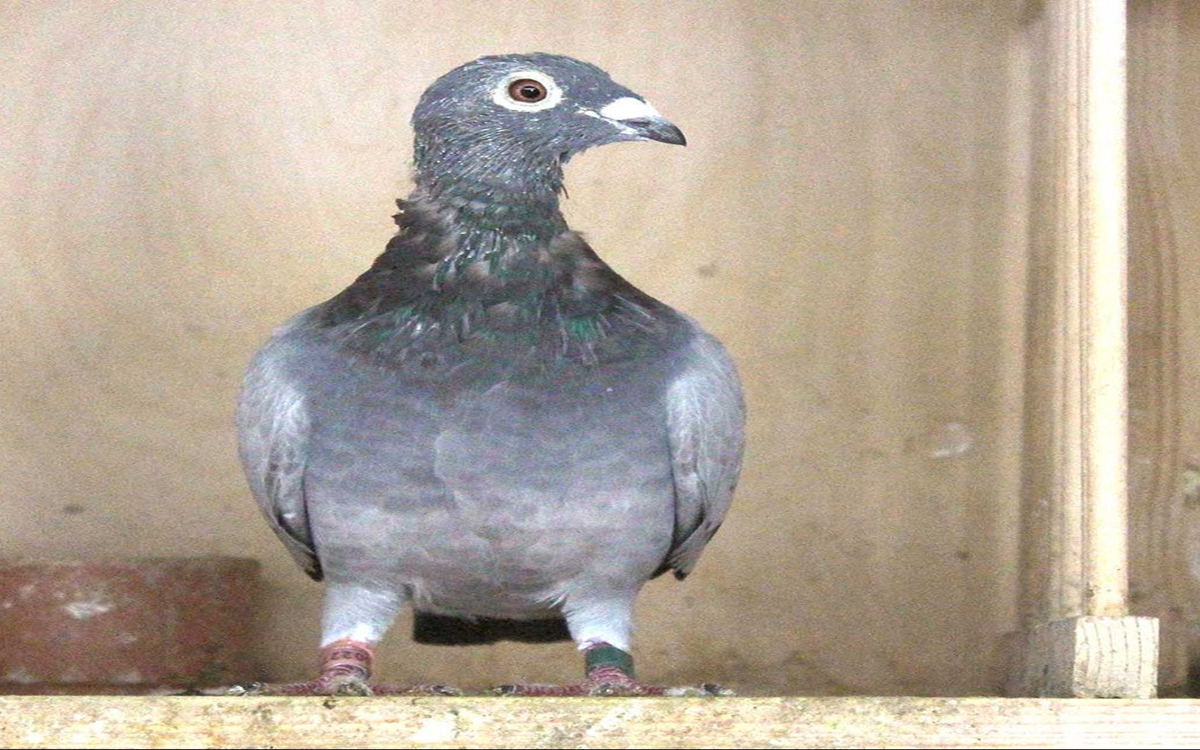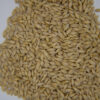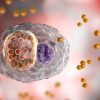
Transitioning Pigeons from Molt to Spring Training
Transitioning Pigeons from Molt to Spring Training
As winter fades and spring approaches, pigeon fanciers eagerly anticipate the return to training and racing. However, transitioning pigeons from their winter molt to spring training requires careful planning. Incomplete molting can significantly reduce stamina and wing function, impacting early training sessions and overall performance.
In this comprehensive guide, we’ll explore the importance of allowing pigeons to complete their molt before resuming training, how to recognize signs of incomplete molting, and strategies to gradually reintroduce physical activity to ensure your birds are in peak condition for the racing season.
Understanding the Molting Process
Molting is a natural, annual process where pigeons shed old feathers and grow new ones. This process is energy-intensive and crucial for maintaining optimal flight performance. A complete molt ensures that pigeons have strong, healthy feathers necessary for endurance and aerodynamics during races.
Signs of Incomplete Molting
Before initiating spring training, it’s essential to assess whether your pigeons have fully completed their molt. Indicators of incomplete molting include:
-
Patchy Feathering: Uneven or missing feathers, especially on the wings and tail.
-
Dull Plumage: Lackluster feathers that haven’t been fully replaced.
-
Reduced Flight Performance: Shorter flight durations or reluctance to fly.
-
Visible Pin Feathers: Presence of new feathers still encased in their protective sheaths
Initiating training before the molt is complete can lead to decreased stamina, increased risk of injury, and subpar performance during the racing season.
Timing the Transition
The timing of the molt can vary based on factors such as age, health, and environmental conditions. Typically, the molting process concludes by late winter, making early spring an ideal time to resume training. However, it’s crucial to ensure that each bird has individually completed its molt before reintroducing training routines.
Gradual Reintroduction to Training
Once you’ve confirmed that your pigeons have fully molted, it’s time to gradually reintroduce them to training. A sudden increase in physical activity can be detrimental, so a phased approach is recommended.
Week 1: Light Loft Exercises
-
Duration: 10-15 minutes of free flight around the loft.
-
Objective: Reacquaint pigeons with flight and assess their physical condition.
-
Monitoring: Observe for signs of fatigue or discomfort.
Week 2: Extended Loft Flights
-
Duration: 20-30 minutes of free flight.
-
Objective: Build endurance and strengthen flight muscles.
-
Monitoring: Ensure consistent flight patterns and energy levels.
Week 3: Short Training Tosses
-
Distance: Start with 1-2 miles from the loft.
-
Objective: Reintroduce navigation skills and assess homing instincts.
-
Monitoring: Track return times and recovery rates.
Week 4 and Beyond: Incremental Distance Increases
-
Distance: Gradually increase to 5, 10, then 20 miles.
-
Objective: Enhance stamina and prepare for race conditions.
-
Monitoring: Evaluate performance consistency and overall health.
Nutritional Support During Transition
Proper nutrition plays a vital role in supporting pigeons during the transition from molt to training.
-
Protein: Essential for muscle development and feather health. Incorporate high-quality grains and legumes.
-
Vitamins and Minerals: Supplement with multivitamins to support overall health and recovery.
-
Hydration: Ensure constant access to clean water, especially after training sessions.
- PHP Molting Kit provide all the necessary vitamins and minerals
Adjust feeding regimens to match the increasing energy demands as training intensifies.
Monitoring Health and Performance
Regular health checks are crucial during this transition period. Monitor for signs of illness, injury, or undue stress. Keep detailed records of each bird’s training progress, weight, and behavior to identify any issues promptly.
Conclusion
Transitioning pigeons from their winter molt to spring training is a delicate process that requires patience and careful observation. Ensuring that each bird has fully completed its molt before resuming training is essential for maintaining stamina and wing function. By gradually increasing physical activity and providing appropriate nutritional support, you can set your pigeons up for a successful and competitive racing season.
Remember, the foundation of a champion pigeon lies not just in its genetics but also in the care and preparation it receives during critical periods like the post-molt transition.
For more tips on pigeon care and training, visit Performance Pigeon Feed and Supplies.


